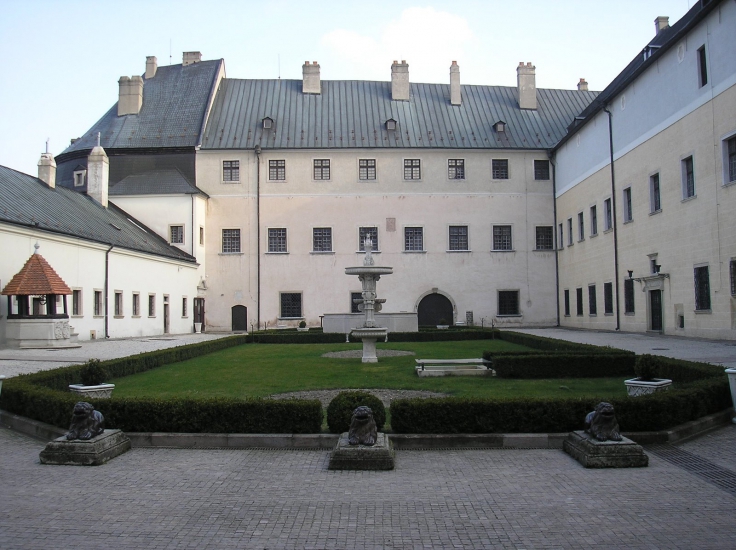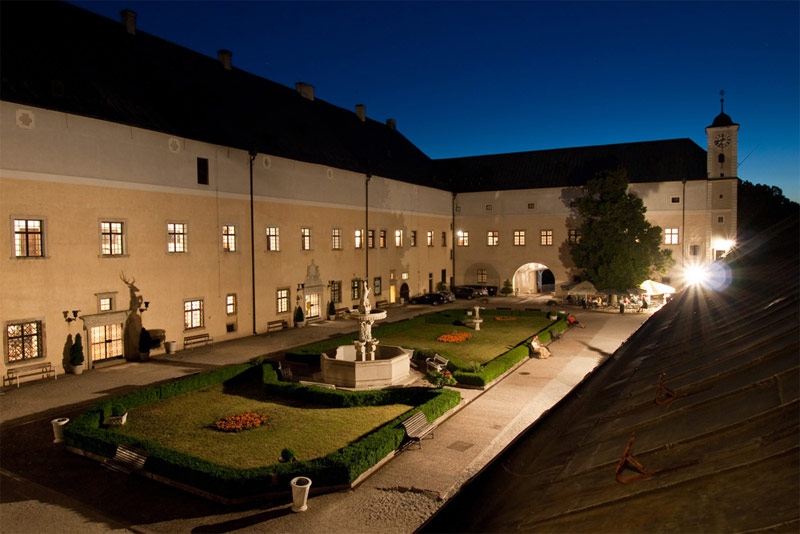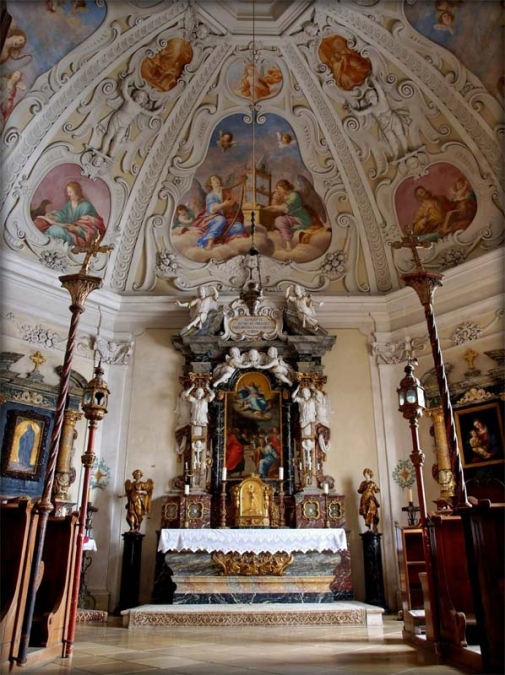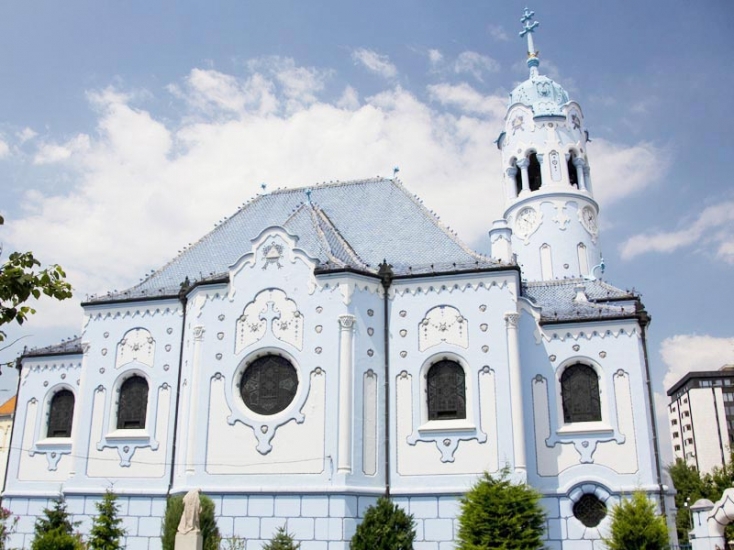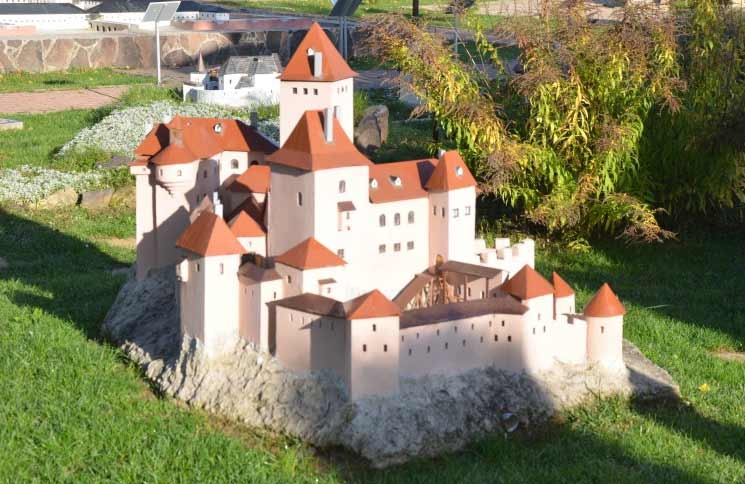Red Stone Castle

Region: Bratislava Region
District: Pezinok
City / Municipality: Častá
Tourist location: Bratislava and surroundings (Bratislava a okolie)
Mountains:Little Carpathians (Malé Karpaty)
National cultural Monument
District: Pezinok
City / Municipality: Častá
Tourist location: Bratislava and surroundings (Bratislava a okolie)
Mountains:Little Carpathians (Malé Karpaty)
National cultural Monument
The castle was originally held by the Crown and later passed into the ownership of Matus Cak Trenciansky and a number of families including Zapolski, Turzo and the counts of Svaty Jur and Pezinok.According to the heirship the castle and estate passed from the hands of Queen Maria Habsburg, the wife of the Austria-Hungarian King Ludovit II Jagel to the Fugger family.
Despite the fact, the two noble families played the most significant role in the history of the castle. It was the German family of Fugger and the Austria-Hungarian family of Palfi. The Fugger family obtained the castle from the previous owner and business partner, the Turzo family. This was how the red-stone estate and the gothic castle became a property (year 1535) of one of the richest business families of former Europe.
Anton Fugger, the head of the family, was not only educated but also rich, capable businessman coming from the South-German town of Ausburg. He decided to utilize the strategic position of Red Stone, situated close to Bratislava and Vienna and transform the old gothic castle into a safe storehouse for goods traded across the whole Europe. Rebuilding the medieval castle into the renaissance fortress required an investment of a lot of money and time. Since 1537 the castle was gradually demolished as to clear an area for construction of four defensive bastions connected with walls and a single residential wing. This is how the modern renaissance fortress was constructed according to the modern knowledge of contemporary architecture. It was adapted for an effective protection of everything hidden in spacious storerooms (cells).
Business plans of the Fugger family in this part of Europe grew gradually weaker. The reason was an increasing danger of Turks´ attacks. Therefore they decided to sell the castle. Many buyers were interested in purchasing the castle but only one could be the winner. In 1588, the young Baron Mikulas II Palfi finally became the owner of the whole estate (also won a heart of young women Maria Magdalena Fugger, the daughter of Marek Fugger and the grandchild of already mentioned Anton Fugger). Descendants of Mikulas and Maria took a hold over the estate until 1945.
Many castle reconstructions had been done by the Palfi family. In the 16th century Mikulas II Palfi converted the Fugger fortress into dwelling premises. After one century, Mikulas IV Palfi together with his wife Maria Eleonora Harrach rebuilt the castle in an early baroque style. Further modernization and enlargement of the castle were carried out by Rudolf Palfi and his wife Maria Eleonora Kaunitz – Rietberg (the second half of the 18th century). The next centuries did not bring any significant changes in a shape and outward aspect of the castle. The last owner of Palfi family left in 1945. Thereafter, the castle was proclaimed a national cultural property.

